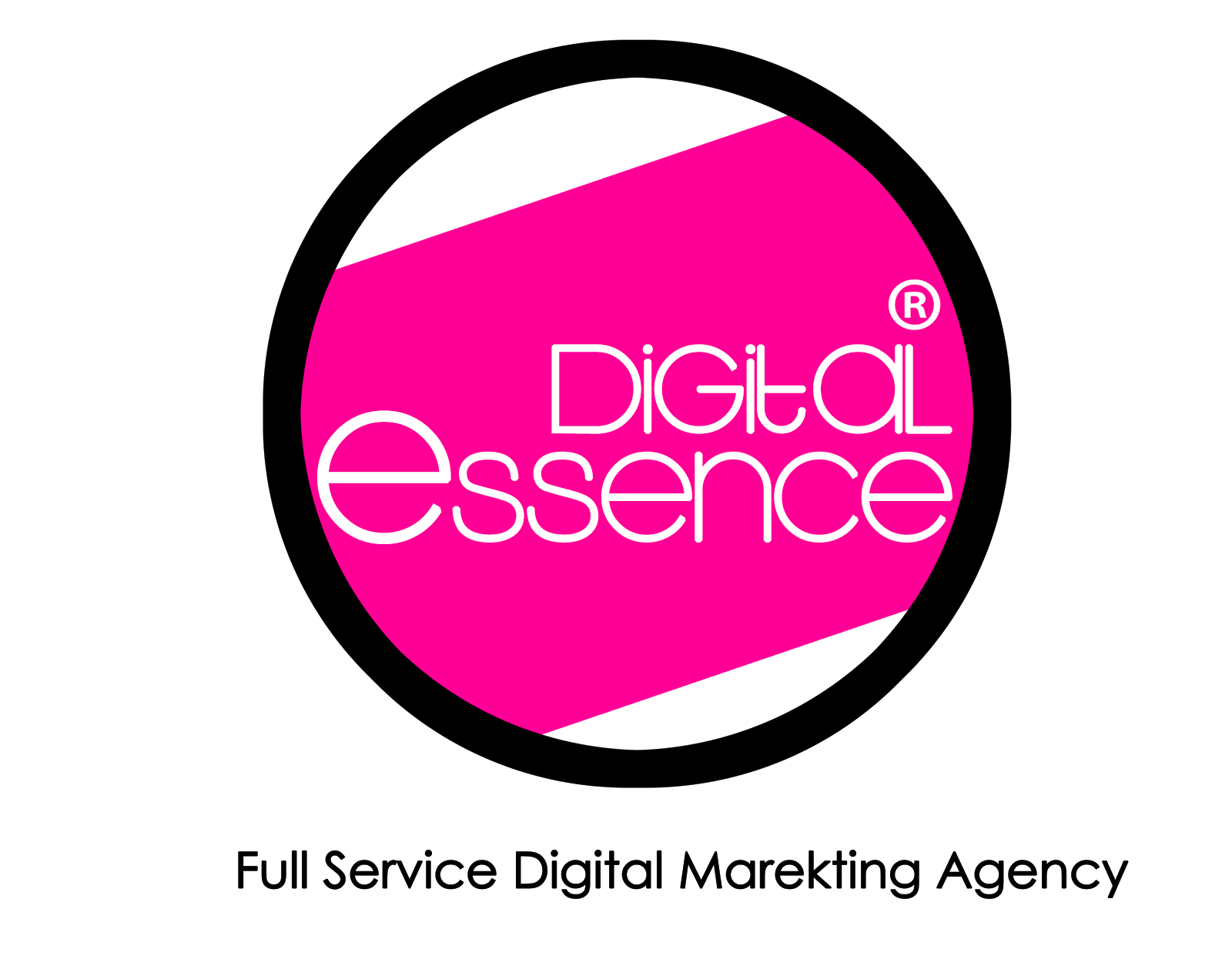BY Cláudio Torres
Every month people send me various emails asking me how to become a Digital Marketing Consultant or professional. Thus, I decided to write this post showing the steps to become a Digital Marketing Consultant or professional for those who are interested.
It is an undeniable fact that demand for
digital marketing professionals have been increasing much more faster
than the offer, and that many times the formal courses didn’t have the
time to provide it. Added to that, other marketing, communication and
publicity sectors, have been lowering their demand, making the
professionals of these sectors to have an interest in migrate to the
Digital Marketing.
Basic formation of a Digital Marketing professional
The professional that intends to work with Digital Marketing
must have a superior formation (Marketing, Publicity, Communication,
Engineering, or Administration). It is possible to become a professional
without that formation, but the result can be temerarious. In the past,
webdesigners and programmers got into the marketing without any
specific formation. The fact is that Digital Marketing is Marketing,
a science that comes from Administration, that comes from Engineering.
Thus having an academic base in Marketing and Administration is
fundamental to the best performance of the activities
.
From this basic formation the professional can develops. There’s no specific curriculum yet of the Digital Marketing
professional, and the formal MBA and Post-graduation courses still
doesn’t have a curricular schedule created by experience of the manager
of each course. This way in many cases, even with a good Post or MBA the
professional still finds it difficult to execute his tasks.
In the formation of a Digital Marketing professional you should worry in developing the following competencies:
- Basic formation in Marketing.
- Basic knowledge in Planning Methodology and Time Management.
- Basic Knowledge in Negotiation and Presentation techniques.
- Digital Marketing formation.
- Digital Marketing Strategic Planning formation.
- Basic technical formation based in each one of the Seven Digital Marketing Strategies.
- Having a work methodology as Digital Marketing Manager or Consultant.
- Developing a contact web in Digital Marketing.
- Constant updating through books, articles and blogs.
Where to work with Digital Marketing
To better enjoy your interest in the digital marketing career, you
should consider that that are three main positions that you could assume
in this market: Digital Marketing Analyst, Digital Marketing Manager
and Digital Marketing Consultant.
The
Digital Marketing
Analyst will work in a company or publicity agency doing digital
marketing planning, creating digital marketing campaigns, and
implementing these actions, and normally working with a bunch of
outsourced (SEO companies, Social Media, Bloggers, Agencies, etc…). This
is the most operational position, ideal for young people who wants to
learn and obtain experience in this market, and a good path for those
who seek a career transition.
The Digital Marketing
Manager will work as a company Manager, being the main responsible for
the digital marketing planning, the marks control, and the reports to
the commercial or marketing Direction. Just like every manager position
the ideal is that you already have experience in the market.
Independently of your competence as a digital marketing professional,
you’ll have to develop competencies in process and people management to
perform well your activity.
The Digital Marketing Consultant is the professional that is external to the company or publicity agency, and can work in an independent way or related to consultancy,
and that will help the company to develop the digital marketing
planning, or the agency to create a digital marketing campaign. He’ll
also be able to give digital marketing courses and lectures. This
position have much more independence than the previous ones, but the
professional must have the spirit of an entrepreneur, because beyond
executing his activities, he’ll have to sell his services. This
professional, besides acquiring knowledge on digital marketing, will
have to create a constant update process, because he’s the company’s
counselor, and have a work methodology, that goes beyond planning
methodology and digital marketing actions.
Looking for a job in Digital Marketing
Once formed in Digital Marketing
you’ll have a second challenge that is getting inside the market.
According to the thinking line I developed until here, you first have to
decide if you want to seek a position as a Digital Marketing Analyst or Manager or if you want to develop a career as a Digital Marketing Consultant.
One alternative does not exclude the
other, but you’ll have to choose in which one of them you’ll begin so
you can look for a job as a Digital Marketing professional.
Independently of your choice, your new position as a Digital Marketing professional will depend on a few basic steps. Create your curriculum at LinkedIn, including your specific Digital Marketing formation, an a profile on Facebook. Don’t wait anyone to take you seriously in the Digital Marketing market if you don’t have a solid presence in the Web. The ideal is that you create a Professional Blog (and connected to a Twitter), where you can publish articles connected to your Digital Marketing knowledge. That helps a lot in your exposition, and it is fundamental if your choice is to be a Digital Marketing Consultant.
Once created this base, do your own planning with The Seven Digital Marketing Strategies. Expose yourself. Participate in Facebook and LinkedIn groups, and the daily Buzz on Twitter.
If you want a job as a Digital Marketing
Analyst or Manager, start making contacts and friendships, via
Facebook, Twitter and LinkedIn, with professionals from agencies and
companies that already work in these positions. That will take you
quickly to become known. Make it clear that you’re looking for an
opportunity, and show your potential with the previous steps.
If you want to be a Digital Marketing Consultant, the first thing you need are clients. In this case, creating a planning with The Seven Digital Marketing Strategies
and exposing yourself with your Blog, Twitter, LinkedIn, and Facebook,
is fundamental. Besides, getting in touch with agencies or consultancy, can be a good strategy.














